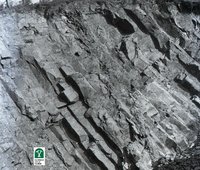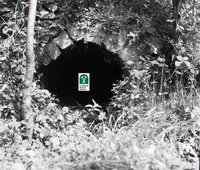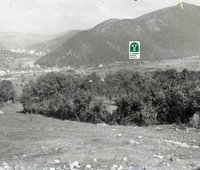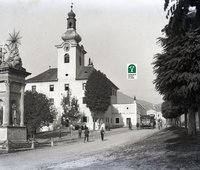The historical development of Nová Baňa ancient royal mining town reflects the beginnings of mining of precious metals, its gradual growth and transformations. At the beginning of 1337, from which the oldest written mention comes, miners from Pukanec striked a rock with gold-bearing dikes in this area. From the increase in the number of mills for crushing ore, it can be concluded that dikes were very profitable, which helped to transform the original settlement into an urban-type agglomeration. The greatest expansion of mining and medieval town was recorded in the second half of the 14th century, when Nová Baňa was included among the seven Upper Hungarian mining towns. After a short period of prosperity, town drawn into the vortex of internal convulsions in Hungary and of anti-Turkish wars, town experienced fatalities - the destruction of the town by Turks, corporative uprisings and a plague epidemic. Groundwater problems in mines had a negative effect on the further development of mining. Potter's atmospheric steam engine was supposed to save the flooded mine workings. It was the first steam engine on the European continent. Alternating successes and failures, the miners continued mining until 1887, when the local mines were closed due to unprofitability. In Stará Huta nearby village, one of the oldest Hungarian glassworks was established in 1630. A more modern industry began to develop only in 1907, with the construction of a glass factory in Nová Baňa.





